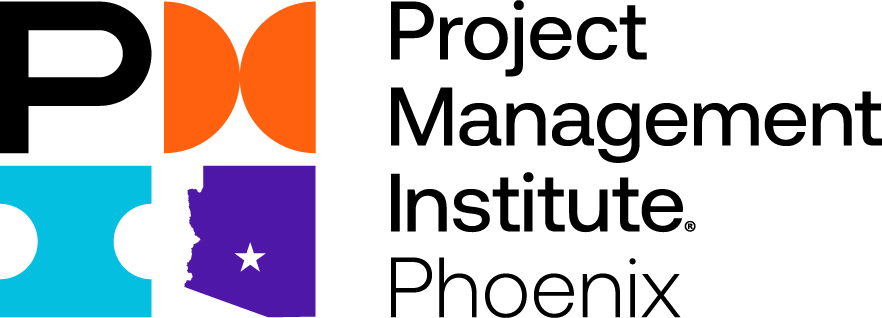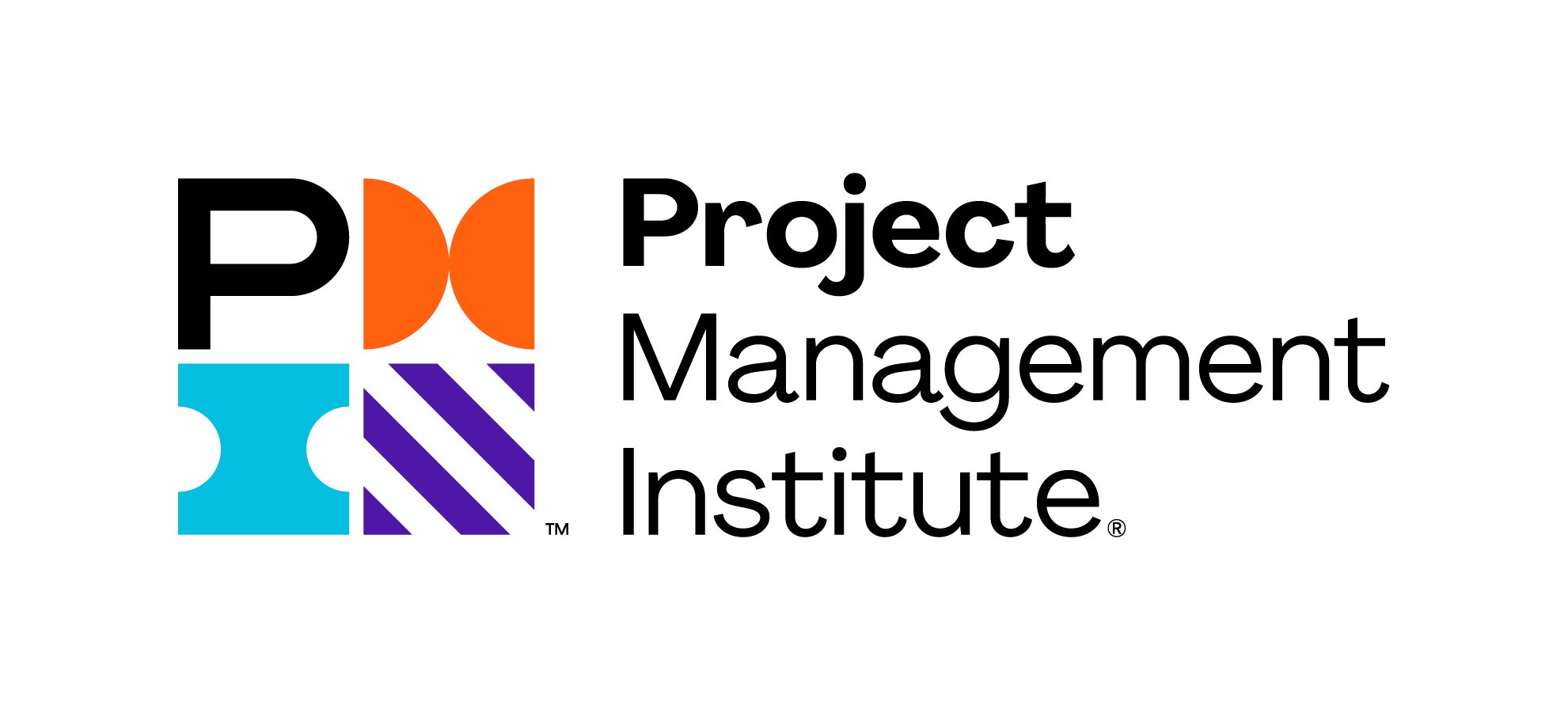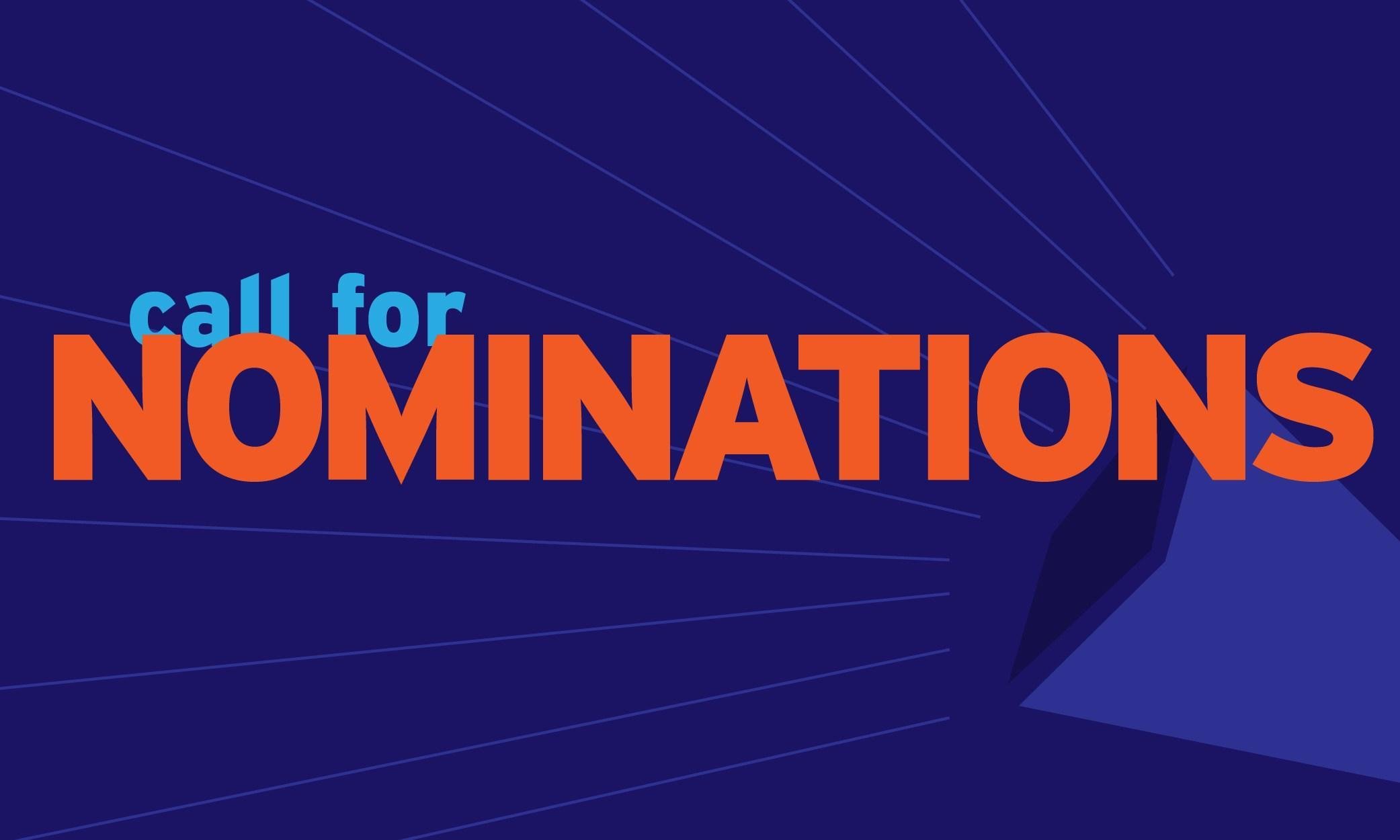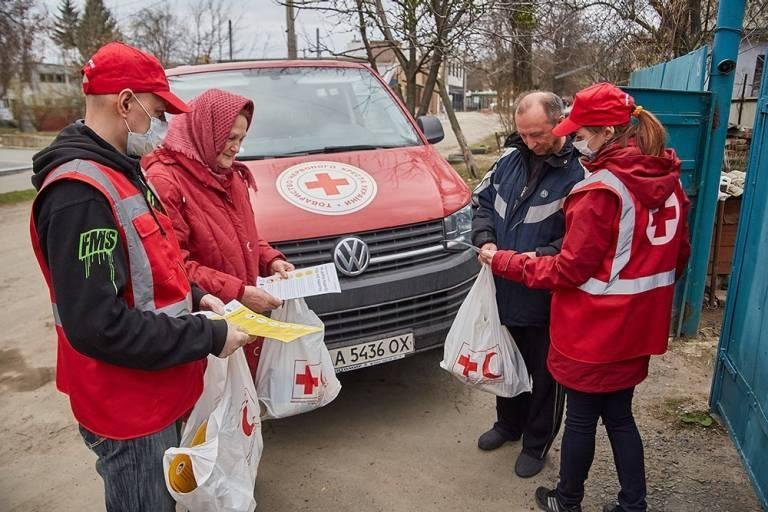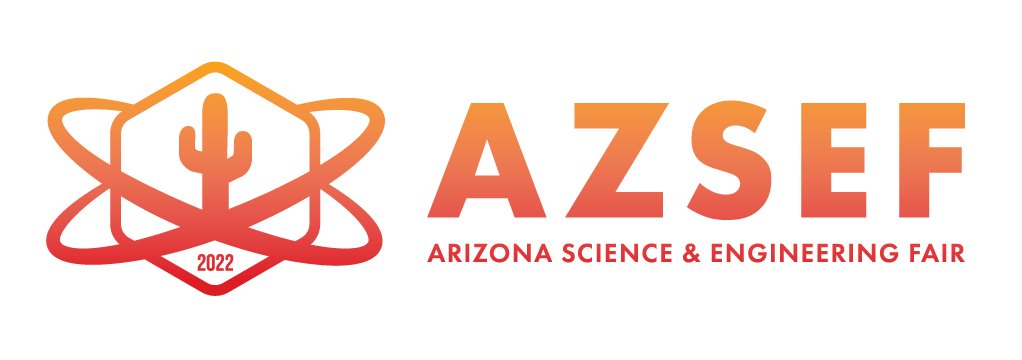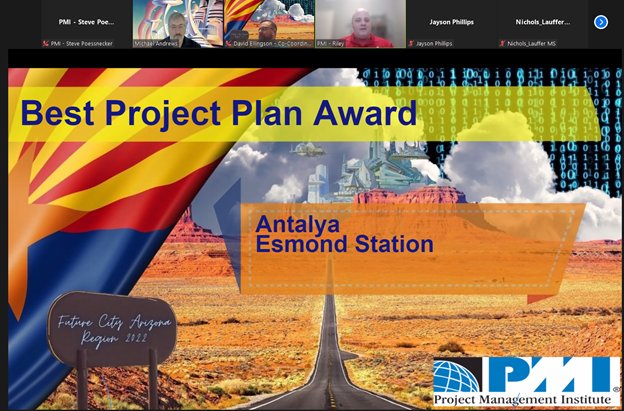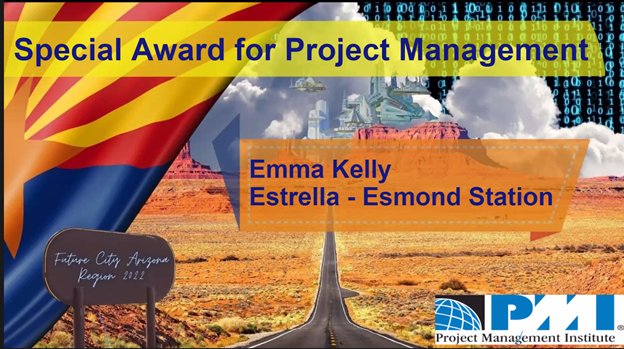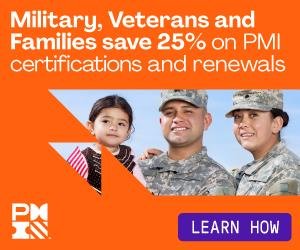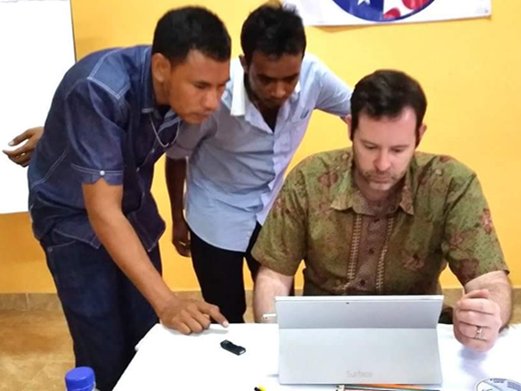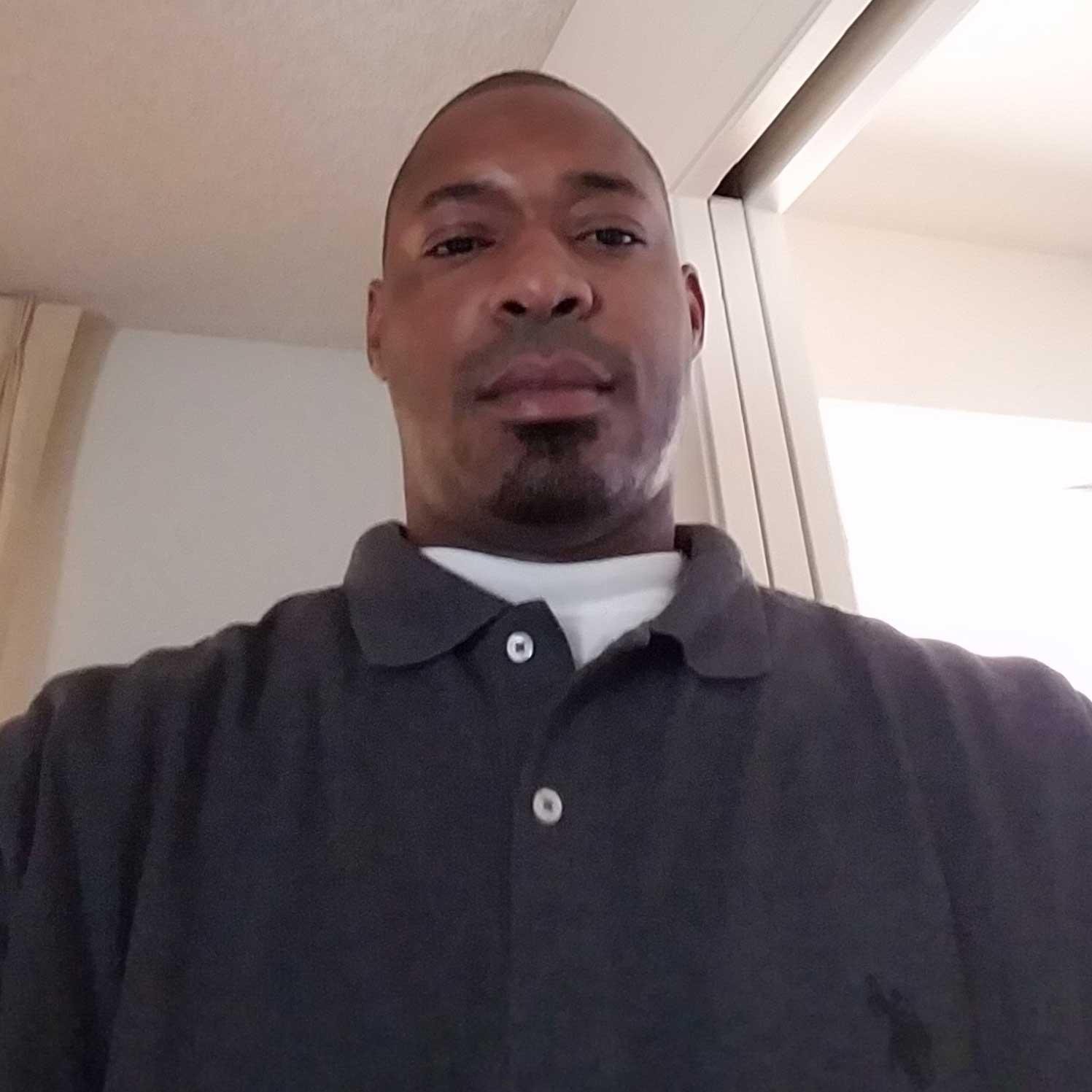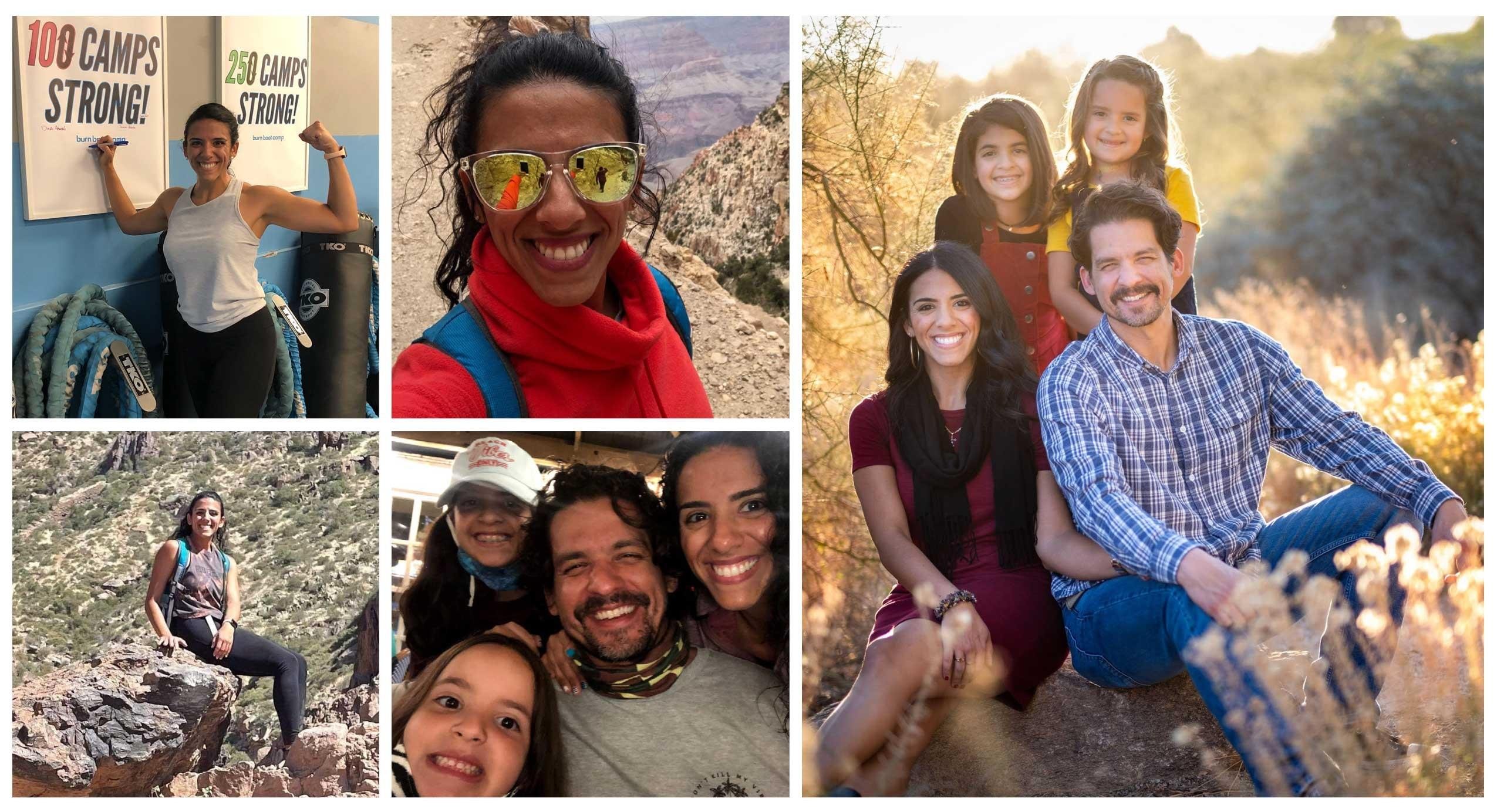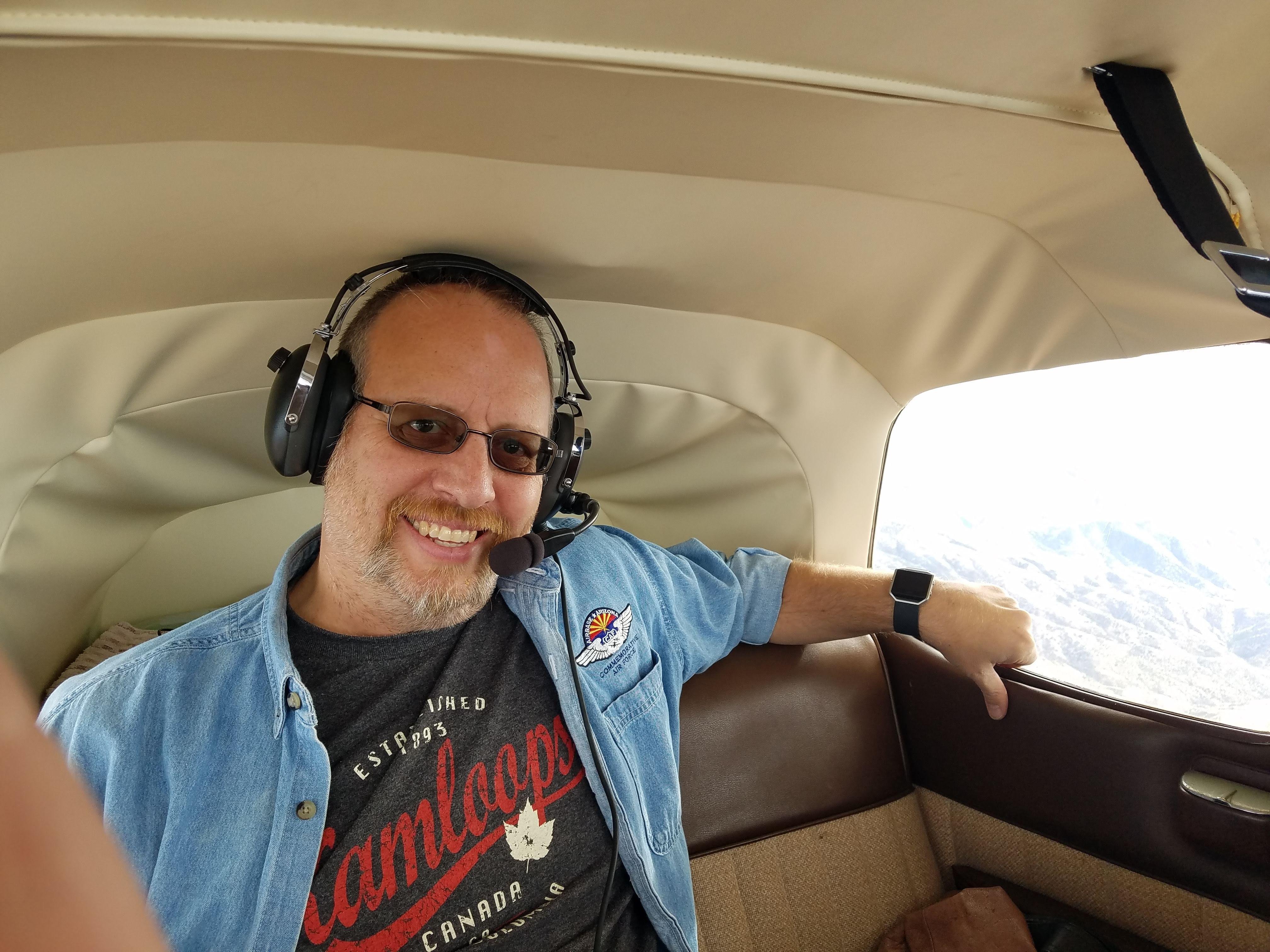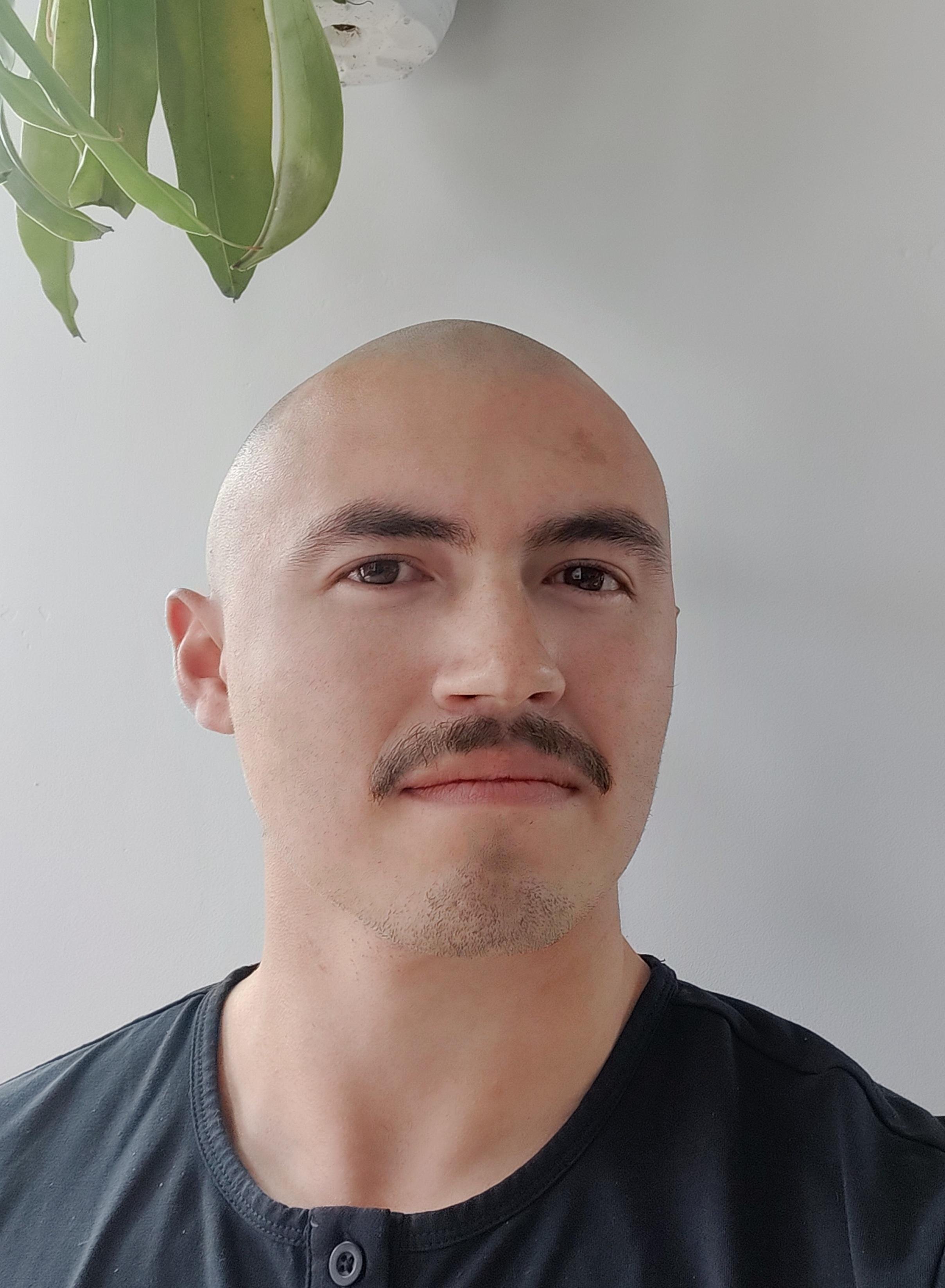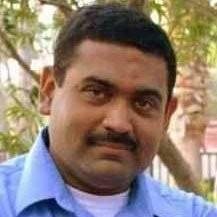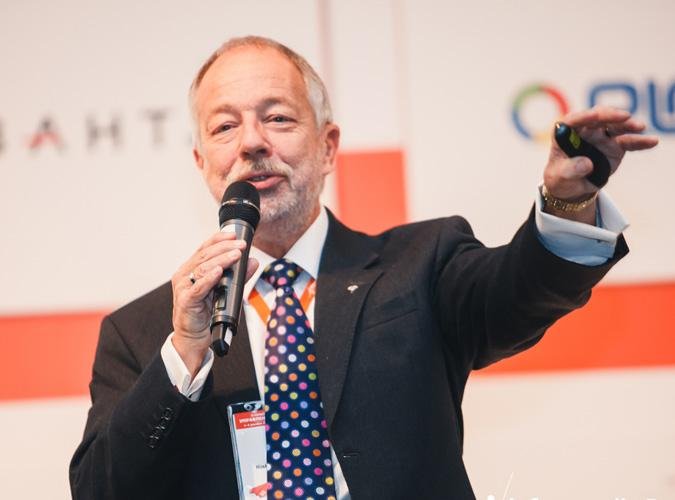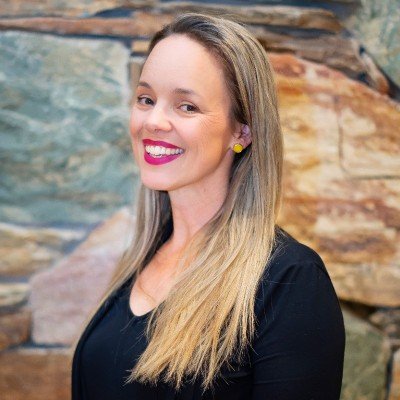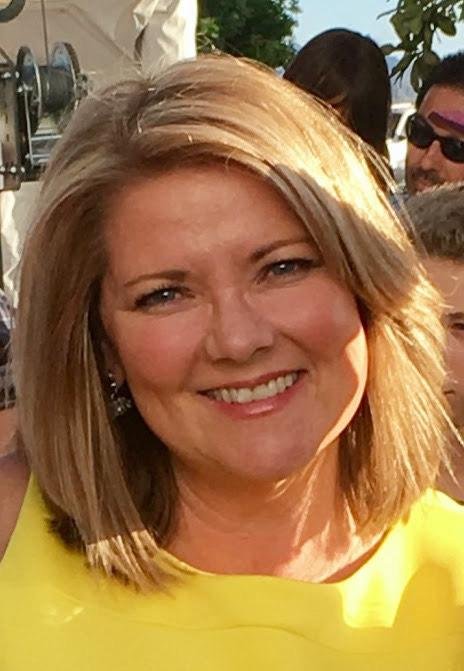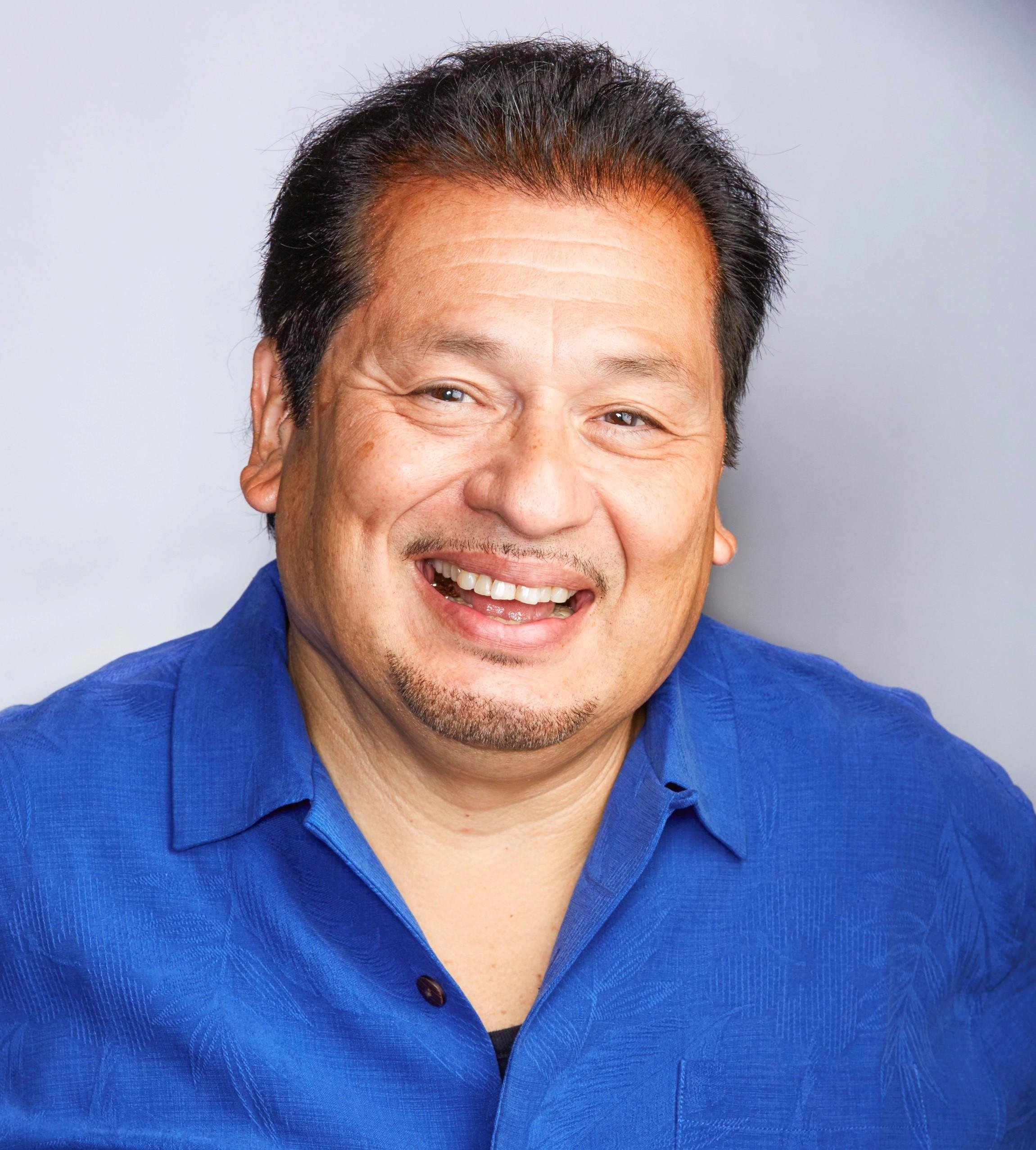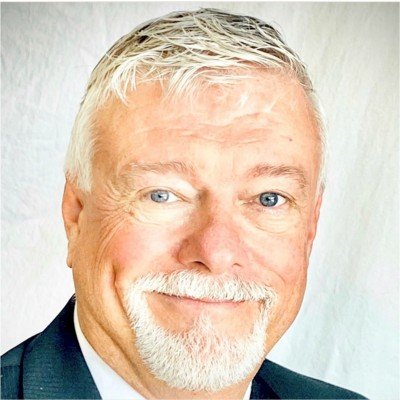The report findings are based on a global survey of 4,069 individuals who are regularly tasked with leading or facilitating the delivery of projects, programs, and portfolios. The Top 10 Percent is comprised of 230 PMOs that outperform their peers by attracting and retaining talent, using innovation and technology to enhance measurement, and achieving greater influence and more successful project outcomes. These leading PMOs are more aligned with organizational strategy and are considered by executive leaders to be strategic partners. In fact, the Top 10 Percent outperformed organizations overall in 2020 across revenue, customer acquisition, customer satisfaction, and Environmental, Sustainability, and Governance (ESG) indicators.
“Project professionals play a key role in driving economic growth and impact around the globe,” said Michael DePrisco, Interim President & CEO and Chief Operating Officer of PMI. “PMI and PwC’s extensive global research offers invaluable and actionable insights on how PMOs can increase both the value and influence of their work. By elevating the perception of project managers as strategic partners, PMOs can effectively turn ideas into reality and create lasting business results.”
Narrowing the Talent Gap
The first report in the series, Narrowing the Talent Gap, identifies the five capabilities that are critical to the successful delivery of projects: relationship building, collaborative leadership, strategic thinking, creative problem solving, and commercial awareness. The report finds the Top 10 Percent place greater emphasis on recruiting individuals with these skillsets and cultivating them through learning and development programs. They are also more likely to proactively navigate demographic trends and cultural shifts in the workplace, such as working towards increasing the diversity of candidates, upskilling young people in under-represented communities, extending recruiting beyond the area local to the role, and offering flexible working schedules.
Measuring What Matters
The second report, Measuring What Matters, examines how the Top 10 Percent have increased the number and variety of metrics, beyond the traditional scope, schedule, and budget parameters, to tell a more compelling story around project innovation and success. They ensure key performance indicators are fully aligned with the wider organization’s strategic goals, and they prioritize communication and transparency around projects with their C-Suite executives. The Top 10 Percent are also more likely to have invested in technology, including strategy execution management technology and benefit realization tools, that facilitates measurement and reporting.
PMO Maturity
The third report in the series, PMO Maturity, introduces the first-of-its-kind Global PMO Maturity Index, examining how often the most advanced PMOs perform a range of activities linked to value creation across five key dimensions: governance, integration and alignment, processes, technology and data, and people. The report concludes that the Top 10 Percent have an average maturity score of 94.9 out of 100, allowing them to have greater influence and impact in their organization and ultimately deliver more successful project outcomes. These PMOs create long-term value by pushing their scope beyond good governance, which encompasses the more “typical” activities of a PMO, and into areas like talent development, technology adoption, and strategic influence.
“Project professionals have a vital role to play as the world navigates ongoing change and uncertainty,” said DePrisco. “We increasingly see PMOs moving beyond the tactical execution of projects and performing a wider range of activities that drive strategic value for their organizations, as evidenced by this series of reports. To become a strategic partner within their organizations, PMOs must understand the attributes and strategies exhibited by the leading organizations highlighted in this research.”
About the reports
In July and August 2021, PMI and PwC conducted a global survey of 4,069 people involved in leading or facilitating the delivery of projects, programs, and portfolios. The survey sample was wide-ranging and included individuals with formal project management qualifications and those with job titles such as project/program/ portfolio manager, as well as those in less formal project management roles, and initiative and workstream leaders. The executive viewpoint was also well represented, with the survey capturing 1,348 C-suite responses.
The series of complete reports is available at https://www.pmi.org/learning/thought-leadership.
